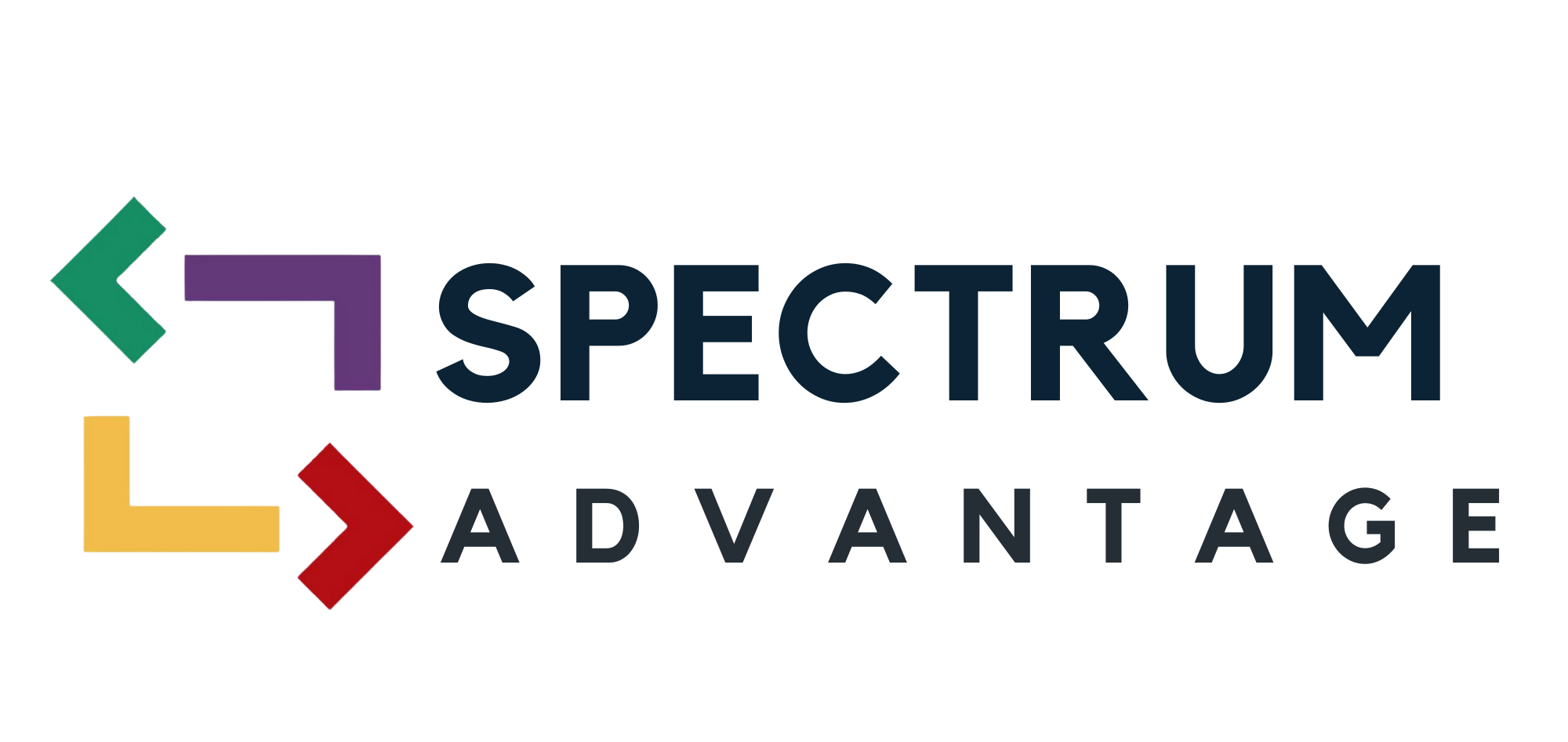[et_pb_section fb_built=”1″ admin_label=”section” _builder_version=”3.0.47″][et_pb_row admin_label=”row” _builder_version=”3.0.47″ background_size=”initial” background_position=”top_left” background_repeat=”repeat” _i=”0″ _address=”0.0″][et_pb_column type=”4_4″ _builder_version=”3.0.47″ parallax=”off” parallax_method=”on”][et_pb_text _builder_version=”3.0.76″ background_size=”initial” background_position=”top_left” background_repeat=”repeat”]
We know that many autistic individuals have social communication differences that impact their ability to ‘perform’ in traditional face-to-face interviews. Unfortunately, the ability to communicate effectively during the interview process is often essential to being considered for a position. Although they are qualified for the job and highly employable, individuals who struggle to regulate eye contact, provide the right amount of information, or present a friendly demeanor, face a job interview barrier which may lead to negative stereotyping, judgment errors, and inadvertent discrimination. To overcome the job interview barrier, it is critical to uncover the unique strengths of each applicant by making small adjustments to the interview process.
[box type=”shadow”] Did you know? Autistic individuals are often great long term employees. Turnover rate has been found to be as low as 7%, with a 72% retention rate. [/box]
Tips for employers
How to make the interview process more inclusive and less stressful.
Before Interview
DON’T
Hold back information to the
applicant about the job interview process.
DO
Let the candidate know what to expect. For example, send the interview questions in advance, and mention who will be interviewing them.
During Interview
DO
Consider providing a written agenda on interview day, to guide the candidate through the discussion.
DON’T
Ask abstract or hypothetical questions such as, “how would you cope if the priorities on a project you were working on suddenly changed?”
DO
Ask specific questions related to the job that are based in real/past experiences. For example, for a data entry job you might ask, “In your last job, did you do any filing or data input?”
DON’T
Rely on the traditional sit-down interview with many “test-like” questions.
DO
Be open to changing up the traditional sit-down interview. For example, depending on the candidate, you might go for a walk, or consider a work trial or a performance-based interview process.
After Interview
DO
Provide information on what can be expected after the interview. For example, how you will be contacting them and approximately how long before they hear back.
DON’T
Avoid calling to tell a candidate they have not been chosen for the position, especially if you said that you would. It often provides a lot of peace of mind and reduces anxiety to get a direct answer.
tips from the University of British Columbia’s ‘Understanding Autism in the Workplace’
[/et_pb_text][/et_pb_column][/et_pb_row][/et_pb_section]

